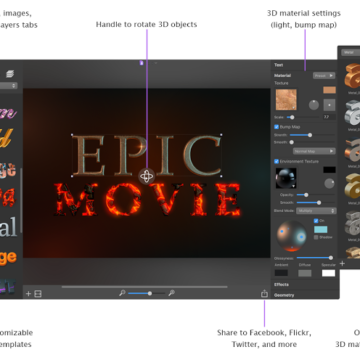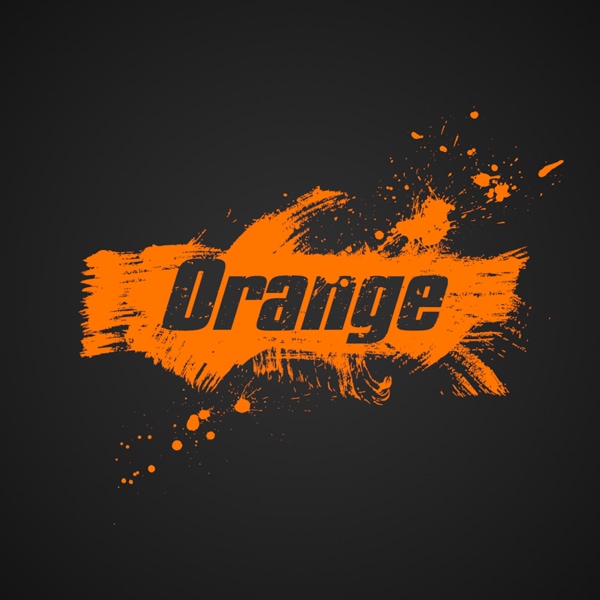

At the same time, Kenneth Knowlton was producing realistic images, also on line printers, by overprinting several characters on top of one another. In the 1960s, Andries van Dam published a representation of an electronic circuit produced on an IBM 1403 line printer. What is known is that text images appeared frequently on radioteletype in the 1960s and the 1970s.

However, none of the "old" RTTY art has been discovered yet.

According to a chapter in the "RTTY Handbook", text images have been sent via teletypewriter as early as 1923. RTTY stands for Radioteletype character sets such as Baudot code, which predated ASCII, were used. TTY stands for "TeleTYpe" or "TeleTYpewriter", and is also known as Teleprinter or Teletype. Since 1867, typewriters have been used for creating visual art. ASCII art was also used in early e-mail when images could not be embedded.Ī portion of the Brooklyn Daily Eagle, 6 January 1875, showing advertisements made from typewriter art. Also, to mark divisions between different print jobs from different users, bulk printers often used ASCII art to print large banner pages, making the division easier to spot so that the results could be more easily separated by a computer operator or clerk. ĪSCII art was invented, in large part, because early printers often lacked graphics ability and thus, characters were used in place of graphic marks. "Studies in Perception I" by Knowlton and Leon Harmon from 1966 shows some examples of their early ASCII art. Most examples of ASCII art require a fixed-width font (non-proportional fonts, as on a traditional typewriter) such as Courier for presentation.Īmong the oldest known examples of ASCII art are theĬreations by computer-art pioneer Kenneth Knowlton from around 1966, who was working for Bell Labs at the time. ASCII art can be created with any text editor, and is often used with free-form languages. The term is also loosely used to refer to text-based visual art in general. This document still shows there are fonts in use.Dag Hammarskjöld, printout from teleprinter 1961-62ĪSCII art is a graphic design technique that uses computers for presentation and consists of pictures pieced together from the 95 printable (from a total of 128) characters defined by the ASCII Standard from 1963 and ASCII compliant character sets with proprietary extended characters (beyond the 128 characters of standard 7-bit ASCII). If you get a list of one or more fonts, there is un-outlined text that needs to be addressed. You should see a resulting window that says there are zero (0) fonts in your document. In Adobe Illustrator and InDesign, you can confirm this by going to the Type menu and selecting Find Font… If you’ve properly converted all the text in the document to outlines, there should no longer be any font information in the file. NOTE: If there are any "Smart Objects" used in your file that contain text, you will need to rasterize those as well. Right-click on the Type layer and select Rasterize Type To do this, go to the Object menu and choose Unlock All and Show All For example, you might delete the template layer, or any elements of the design that are on a layer you’ve turned off or made invisible.Įnsure all remaining layers are visible and unlocked. Go to the Type menu and choose Create Outlinesįirst, delete any elements of the design that you don’t want to print. This means the text is no longer editable, but it also means we avoid font errors and can print your text exactly as intended. Converting your text to outlines changes your text to artwork (shapes) and removes all font information from the file. If we don’t have access to the fonts you’ve used, your file will encounter errors when we open it, and prevent us from preparing your file for the press. Fonts are actually code, backed by specific font files stored on your computer or in an online repository.


 0 kommentar(er)
0 kommentar(er)
